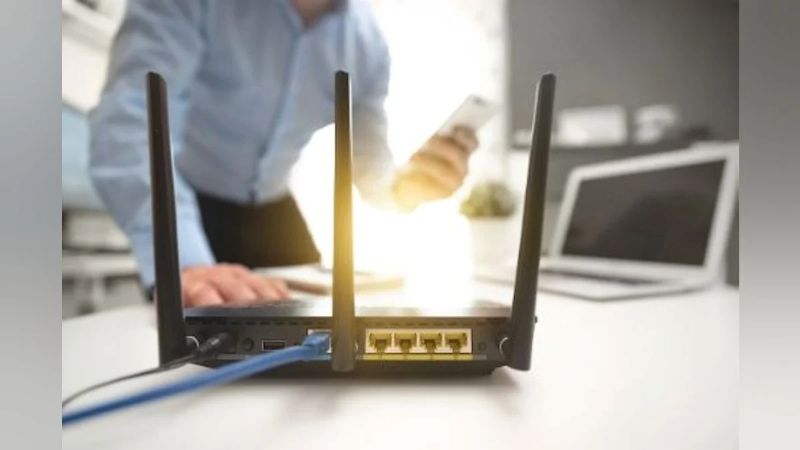
In today's fast-paced world, internet connectivity has become an essential part of our daily lives. With the increasing demand for high-speed internet, service providers are continually upgrading their infrastructure and offering competitive prices to attract customers. However, installation fees can sometimes be a significant expense, often costing up to $100 or more.
Fortunately, self-installing your internet can help you save money and avoid the hassle of waiting for a technician to come to your home. In this article, we'll discuss how to self-install your internet the right way, ensuring that you get the best possible connection without breaking the bank.
Step 1: Choose the Right Internet Plan
Before you begin the installation process, it's essential to choose the right internet plan for your needs. Consider factors such as speed, data caps, and price to find the best fit for your household. Additionally, ensure that your chosen plan is compatible with your modem and router.
Step 2: Gather the Necessary Equipment
Once you've selected your internet plan, gather the necessary equipment for installation. This typically includes a modem, a router (if not already built into the modem), Ethernet cables, and any necessary power adapters. Ensure that all the equipment is compatible with your internet plan and service provider.
Step 3: Connect the Modem
Locate the coaxial cable outlet in your home and connect one end of the coaxial cable to it. Then, connect the other end of the coaxial cable to the modem. Ensure that the connection is secure and tight.
Step 4: Connect the Modem to a Power Source
Plug the modem's power adapter into a nearby electrical outlet and connect the adapter to the modem. Turn on the modem and wait for it to initialize and connect to the internet. This process may take a few minutes.
Step 5: Connect the Router (if Applicable)
If your router is separate from your modem, connect an Ethernet cable from the modem's Ethernet port to the router's WAN port. Ensure that the connection is secure and tight. Plug the router's power adapter into a nearby electrical outlet and connect the adapter to the router. Turn on the router and wait for it to initialize and connect to the internet. This process may take a few minutes.
Step 6: Connect Your Devices
Once the router is connected and functioning, you can connect your devices to the internet. You can do this using either an Ethernet cable or a Wi-Fi connection. To connect via Ethernet, plug an Ethernet cable from one of the router's LAN ports to your device's Ethernet port. To connect via Wi-Fi, locate the router's Wi-Fi network name (SSID) and password, typically found on a label on the router or in the user manual. Connect your device to the Wi-Fi network using the provided credentials.
Step 7: Test Your Connection
After connecting your devices, test your internet connection to ensure that it's working correctly. Open a web browser and navigate to a website, or run a speed test using an online tool like Speedtest.net. If your connection is slow or not working, double-check your connections and ensure that all devices are powered on and functioning correctly.
Step 8: Secure Your Network
Once your internet is up and running, it's essential to secure your network to protect your devices and personal information from potential threats. Change the default router login credentials, enable WPA2 encryption, and disable remote access to your router's settings. Additionally, consider using a virtual private network (VPN) to further protect your online activity.
Step 9: Monitor Your Usage
To ensure that you're getting the best possible value from your internet plan, monitor your usage regularly. Many service providers offer online tools or apps that allow you to track your data usage, helping you avoid overage fees or upgrading to a higher-priced plan.
Step 10: Troubleshoot Issues
If you experience any issues with your internet connection, consult your service provider's support resources or online forums for troubleshooting tips. Common issues include weak Wi-Fi signals, slow speeds, and connection drops. By following these self-installation steps and maintaining your equipment, you can minimize potential problems and enjoy a reliable internet connection at a lower cost.
Conclusion
Self-installing your internet can save you money and provide a sense of accomplishment in setting up your home network. By following these steps and maintaining your equipment, you can enjoy a high-speed internet connection without the added expense of professional installation fees. Remember to choose the right internet plan, gather the necessary equipment, connect your devices, and secure your network to ensure a seamless and secure online experience.







0 Comments
Post Comment
You will need to Login or Register to comment on this post!